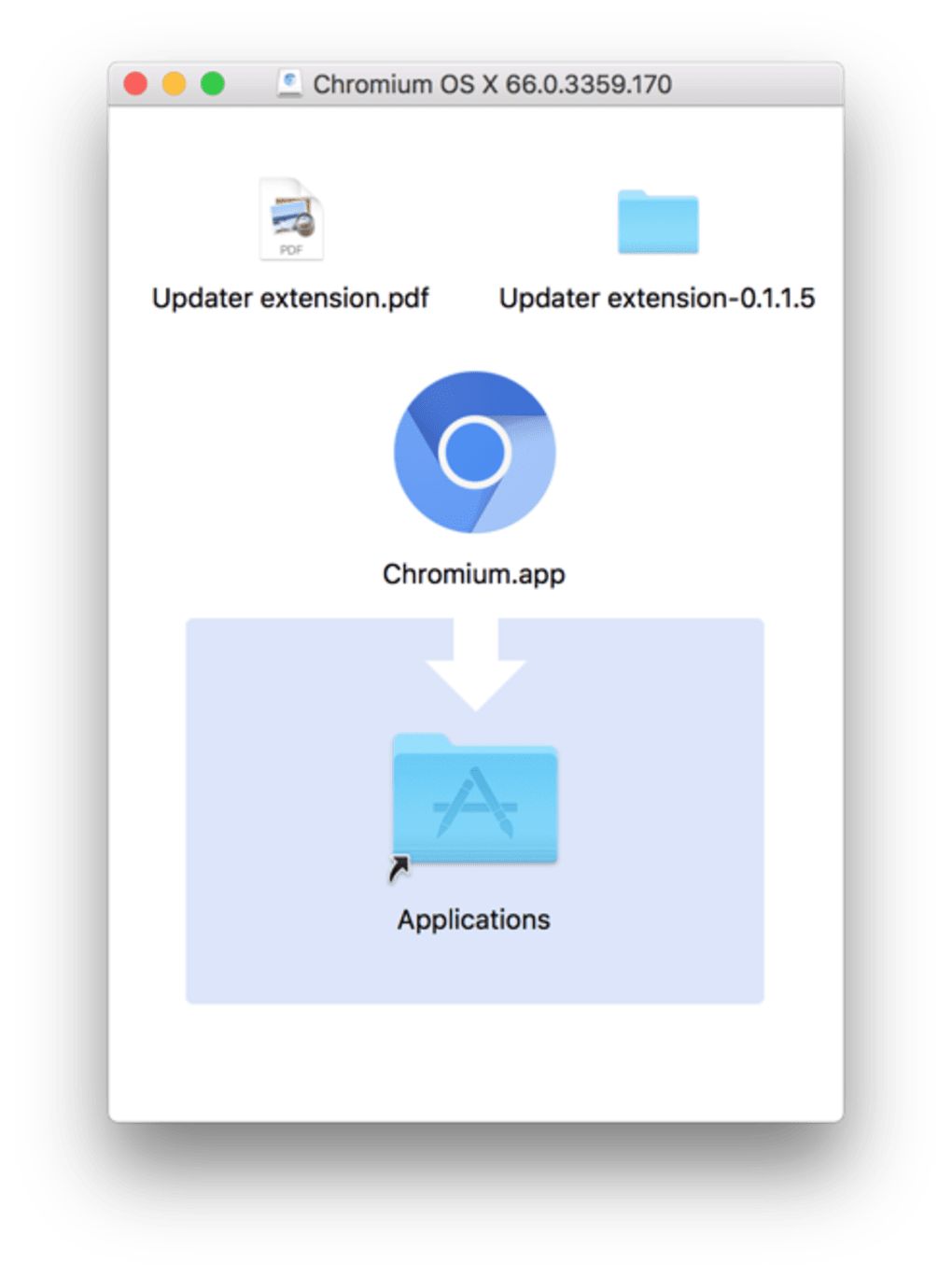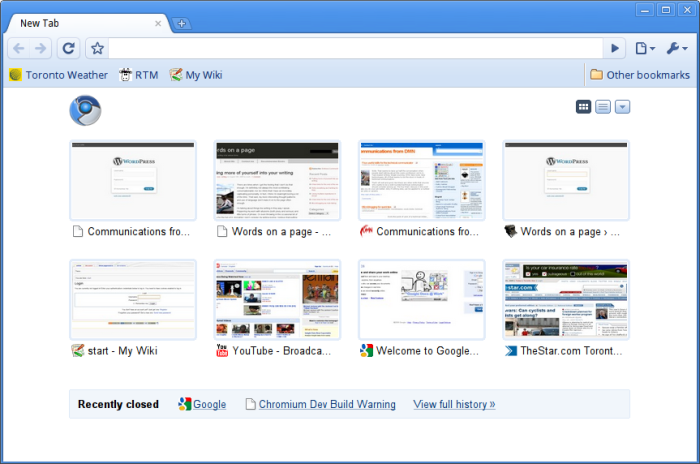

The lock icon is meant to indicate that the network connection is a secure channel between the browser and site and that the network connection cannot be tampered with or eavesdropped on by third parties, but it’s a remnant of an era where HTTPS was uncommon. This is great news for the ecosystem it also creates an opportunity to re-evaluate how we signal security protections in the browser. Today, however, HTTPS has become the norm and over 95% of page loads in Chrome on Windows are over a secure channel using HTTPS. As late as 2013, only 14% of the Alexa Top 1M sites supported HTTPS. For the last decade, Chrome participated in a major initiative to increase HTTPS adoption on the web, and to help make the web secure by default.

Read on to learn about this multi-year journey.īrowsers have shown a lock icon when a site loads over HTTPS since the early versions of Netscape in the 1990s.

Editor’s note: based on industry research (from Chrome and others), and the ubiquity of HTTPS, we will be replacing the lock icon in Chrome’s address bar with a new “tune” icon – both to emphasize that security should be the default state, and to make site settings more accessible.


 0 kommentar(er)
0 kommentar(er)
